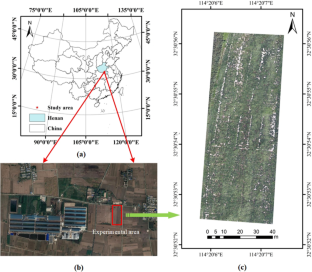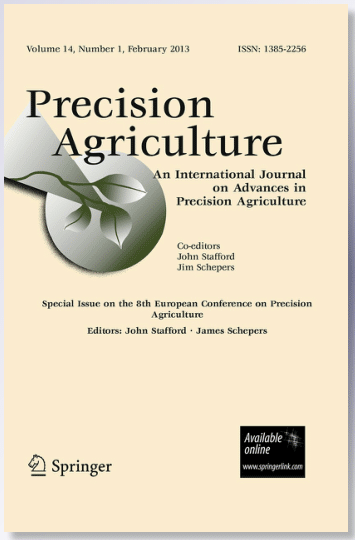Peanut is a significant oilseed crop that is often affected by peanut southern blight, a disease that greatly reduces crop yield and quality. Therefore, accurate and timely monitoring of this disease is crucial to ensure crop safety and minimize the need for pesticides. Spectral features combined with texture features have been widely applied in plant disease monitoring. However, previous studies have mostly used original texture features, and its combination form has been rarely considered. This study presents a novel approach for monitoring peanut southern blight, integrating multiple spectral indices and textural indices (TIs). Firstly, a total of 20 vegetation indices (VIs) were extracted from the unmanned aerial vehicle multispectral images, while three TIs were constructed based on original textural features. Subsequently, Otsu-CIgreen algorithm was used to find the optimal threshold to eliminate the complex background of the image. Lastly, monitoring models for peanut southern blight were constructed using three machine learning models based on the screened VIs, VIs combined with TIs. Among these models, the K-nearest neighbor model using VIs combined with TIs demonstrates the best performance, with accuracy and F1 score on the test set reaching 91.89% and 91.39% respectively. The results indicate that the monitoring models utilizing VIs and TIs were more effective compared to models using only VIs. This approach provides valuable insights for non-destructive and accurate monitoring of peanut southern blight.



